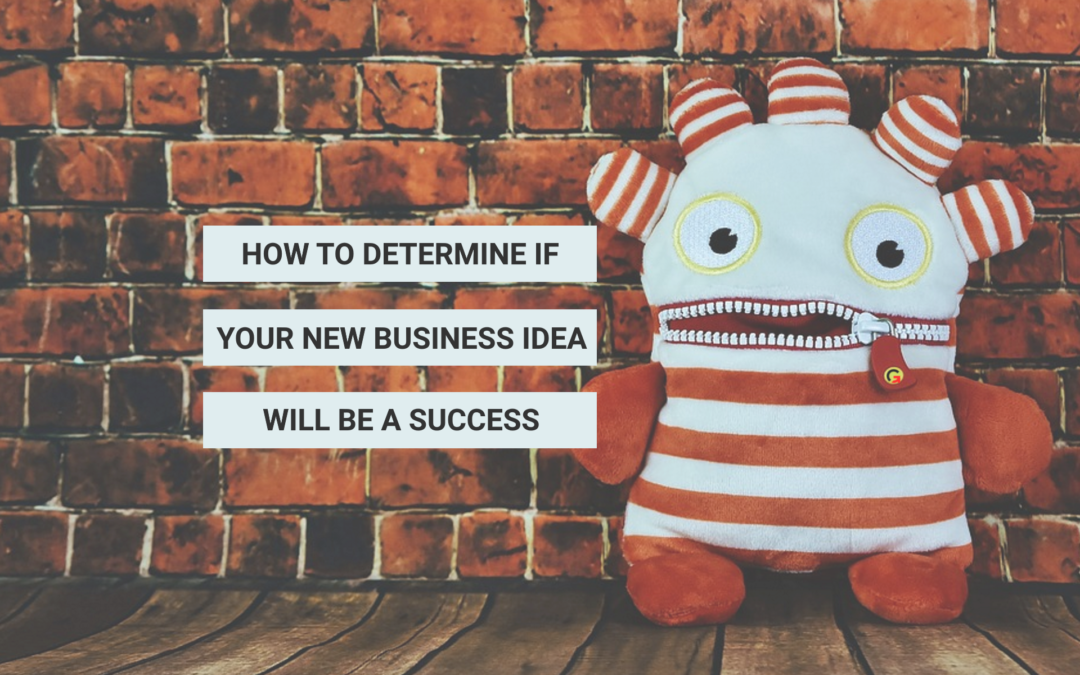Entrepreneurs are perpetual dreamers; endlessly searching for a better mousetrap. With unending solutions to the world’s problems, it’s easy for an excited entrepreneur to waste time and money on an idea they think is ‘the next billion-dollar startup’. To determine if a new business idea will succeed, find answers to the following five questions:
- Is there a need?
- Is there a demand?
- Do you have the expertise and credibility?
- Do you have the resources you need?
- Is the business model sound?
Question 1 – Is there a need for your new business idea?
Identifying if there is a need for your product/service idea requires you to collect and review information about the following three critical areas:
- Industry
- Consumers
- Competition
Industry
A thriving, stable industry is key. Obviously, you do not want to launch a startup in a sector that is showing signs of decline. To determine the industry’s past and present performance:
- Look for the latest trends – Google Trends
- Compare industry statistics and growth – data from business organizations and government agencies.
Consumers
Ideally, you begin your research with a market survey that allows you to study the spending characteristics of consumers within your region. Using whatever methods you are able to, collect and study data pertaining to income levels, unemployment rate, population growth or decline, and other demographic factors. This will help you estimate the location’s purchasing power.
Be reasonable and honest with yourself, how much of the total sales volume can you obtain?
Competition
Examine the pool of local competitors; begin at the city level and move to province/state and country, if relevant. Your competition analysis provides a clear picture of potential threats, opportunities, and the weaknesses/strengths of your competition.
To determine who the industry leaders are, use:
- An anonymous Google Search using words and phrases describing your business idea.
- Business Association awards and recognitions by industry.
Question 2 – Is there a demand from consumers?
There are four steps in establishing demand:
1. Define the market you intend to operate in. Define it broadly enough to include all potential end users. Consider alternative products that could provide competition.
- Determine all potential users
- Identify existing products – competition
2. Separate total industry demand into its main components, such as customer groups or type of purchase. Make each category small and similar enough so that the drivers of demand will apply consistently across all elements.
- Customer groups – identify all types of purchases.
3. Forecast the drivers of demand in each segment and project how they are likely to change. Demand is affected both by macroeconomic variables and by industry-specific developments.
- Seasonal products?
4. Conduct a sensitivity analysis to understand the most critical assumptions from your prior analysis. This helps to gauge risks to your forecasts. Ask yourself, “what things could influence this and cause my forecast to change dramatically?”.
Taking this approach is more likely to identify potential risks and disruptions – such as developments in competing technologies, industry competitiveness, or supplier cost structure, than those who do not.
Question 3 – Do you have the expertise and credibility to launch the business?
Launching and maintaining a business takes more than financial resources; it requires strong human resources. This begins with the startup’s founder/s. Do you have the expertise and credibility – in the related industry, to earn the trust of clients and investors?
Expertise: expert skill or high-level knowledge in a particular field, gained from experience, training, and/or study.
Credibility: the quality of being trusted (honest) and believed in.
Question 4 – Do you have all the resources you need to begin?
Document the essential business resources you need to operate your business on a daily basis; including, finding new customers and reaching important business goals.
Examples of common resources you may need to begin your new business idea include:
- website
- operating capital
- warehousing
- intellectual property
- customer lists
Doing this will allow you to forecast immediate startup costs, commitments, and responsibilities.
Question 5 – Is the business model solid?
Your business model outlines how you intend to create and deliver value to your target customer. The model also includes the methods you will use to generate revenue.
You don’t have a business model if you can’t describe it in ten words or fewer.
Guy Kawasaki, Author of ‘The Art of the Start’
From pricing and cost of goods/services, to gross and profit margins, have a firm grasp of your numbers and know the value you deliver to consumers.
Be Honest With Yourself
The answers to the questions above must be supported by data that is both current and credible. After all, this information provides the basis for deciding if your new business idea will succeed. Although this information may not support your idea for the ‘next best thing’, in the course of your research you may uncover a more viable opportunity that has a greater probability of succeeding.
A failed attempt provides an opportunity to try again with better odds of success.
Kristoffer Howes






